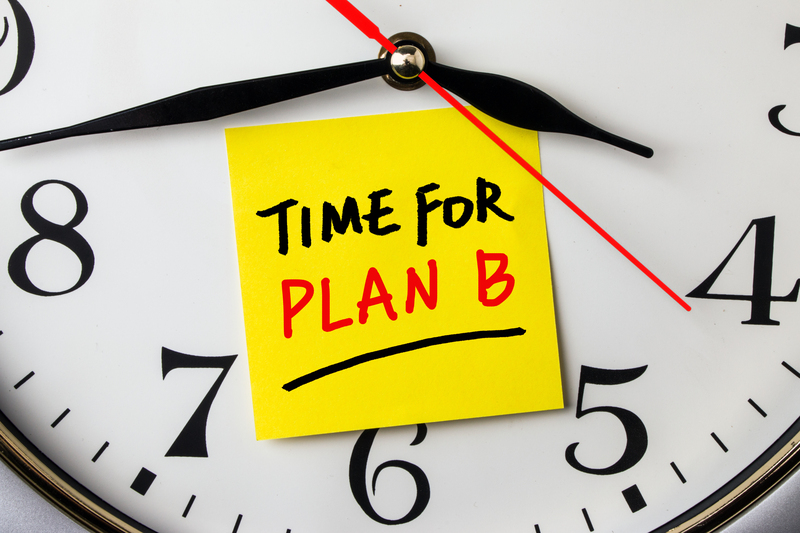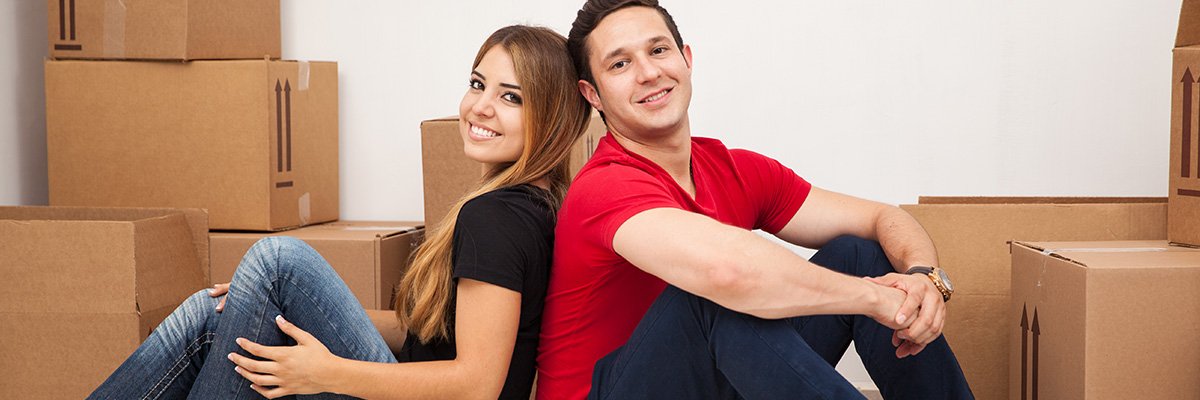Vital Last Minute Moving Checklist
Posted on 13/04/2025
Vital Last Minute Moving Checklist
Moving can be both an exciting and stressful experience. Whether it's due to a job transfer, the allure of a new city, or unforeseen circumstances, sometimes moves need to happen swiftly. Navigating a last-minute move requires careful planning and execution. This article offers a comprehensive checklist to help you tackle the chaos and ensure a smooth transition.
1. Preparation and Planning
Before diving into the packing process, it's essential to lay out a strategy. A well-thought-out plan can make the difference between a chaotic move and an organized one.
Create a Moving Binder
Use a binder to keep all the details of your move in one place. This includes contracts, receipts, and an inventory of items being moved. Having everything in one neat, organized place will make referencing any necessary information quick and easy.
Develop a Timeline
Even if you're moving on short notice, it's crucial to create a mini-schedule. Allocate specific times for packing, cleaning, and any other essential tasks. This way, you'll have clear deadlines to stay on track.

2. Sorting and Decluttering
One of the benefits of moving is that it offers a perfect opportunity to declutter. Freeing yourself of unnecessary items can make the move much lighter and more manageable.
Sort Through Your Belongings
Start by going through your current home room-by-room and sorting items into categories: keep, donate, sell, and discard. This process can also help in recognizing what supplies you'll need for packing.
Host a Yard Sale or Donate
If time permits, consider having a quick yard sale to get rid of items you no longer need. Alternatively, donating items to charity can not only help others but may also provide you with a tax deduction.
3. Gathering Packing Supplies
You'll need several packing materials to make your transition as smooth as possible. Here's what you'll need:
Essential Packing Materials
- Boxes of various sizes
- Packing tape and dispenser
- Bubble wrap and packing paper
- Permanent markers for labeling
- Furniture pads and moving blankets
- Scissors and box cutters
These supplies will ensure that your items are packed securely and minimize the risk of damage during the move.
4. Packing Strategies
Efficient packing is central to a stress-free move, especially when you're pressed for time. Here are some strategies to follow:
Tackle One Room at a Time
Focus on packing one room before moving on to the next. This will help keep things organized and prevent items from getting misplaced.
Label Everything
Clearly label each box with its contents and the room it belongs to. This will make it much easier when you're unpacking in your new home.
Use Soft Items as Padding
Make use of blankets, towels, and linens as padding for fragile items. This can help save money on packing materials and provide additional protection.
5. Hiring Professional Movers vs. DIY
One critical decision to make is whether to hire professional movers or handle the move yourself. Each option has its pros and cons.
Professional Movers
If your budget allows, hiring professional movers can save you a significant amount of time and stress. They have the experience and equipment to handle your belongings safely and efficiently. Ensure you get quotes from several companies and check reviews before making your decision.
DIY Move
On the other hand, a DIY move can be more cost-effective. Renting a moving truck and enlisting the help of friends and family can save money, but it requires more effort and organization on your part.
6. Notify Important Parties
Ensuring that relevant parties are notified about your move is crucial for avoiding complications. Here's a list to get you started:
Change of Address
Submit a change of address form with the postal service to ensure your mail gets forwarded to your new residence. Additionally, update your address with banks, insurance companies, and any other essential services.
Utilities and Services
Contact your utility providers (electricity, gas, water, internet, etc.) to schedule the disconnection at your current place and connection at your new home.
Updating Licenses and Records
Remember to update your driver's license and vehicle registration with your new address. Also, inform medical professionals and educational institutions of your new location.

7. Essentials for Moving Day
Having a plan for moving day itself is just as important as the preparation leading up to it. Here are some critical tasks and tips:
Prepare an Essentials Box
Pack a box with supplies you'll need right away--like toiletries, a change of clothes, important documents, and basic kitchen items. This will save you from having to rummage through boxes your first night in the new place.
Inspect the New Home
Before moving your belongings in, thoroughly inspect your new home. Check for any pre-existing damage and ensure that utilities are up and running.
Stay Hydrated and Take Breaks
Moving can be physically demanding, so make sure to stay hydrated and take regular breaks to avoid burnout.
Conclusion
Moving, especially on short notice, can be daunting. However, following a well-structured checklist can help alleviate the stress and ensure a smoother transition. From preparation and planning to the final move-in, each step plays a crucial role. By staying organized and focused, you'll be well on your way to settling into your new home with minimal hassles.





